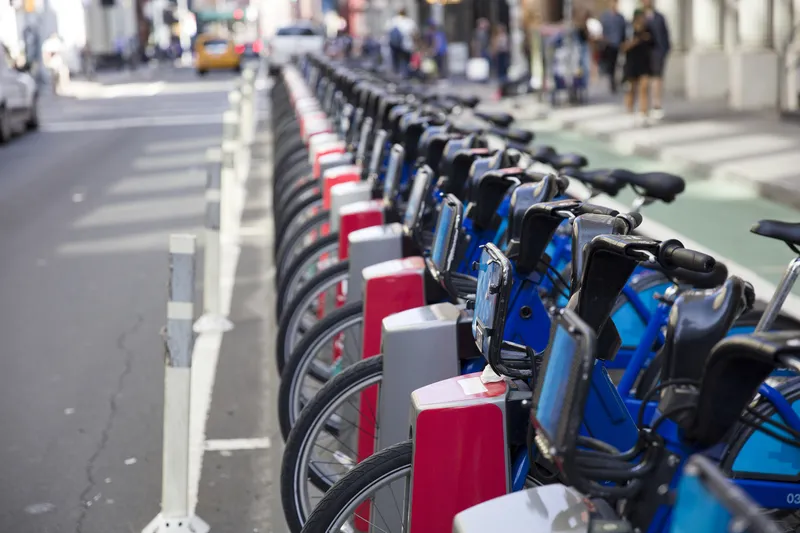Washington, DC, Department of Transportation is rolling out a new system of traffic cameras designed to target over-sized trucks driving on residential streets. Police and the DOT have received complaints about trucks ignoring signs warning truck drivers not to pass through residential areas, so they’re testing the eight new cameras. The cameras are portable, so they can be easily moved to different locations. The District plans to have them fully operational and issuing tickets within the next two months
June 19, 2013
Read time: 1 min










